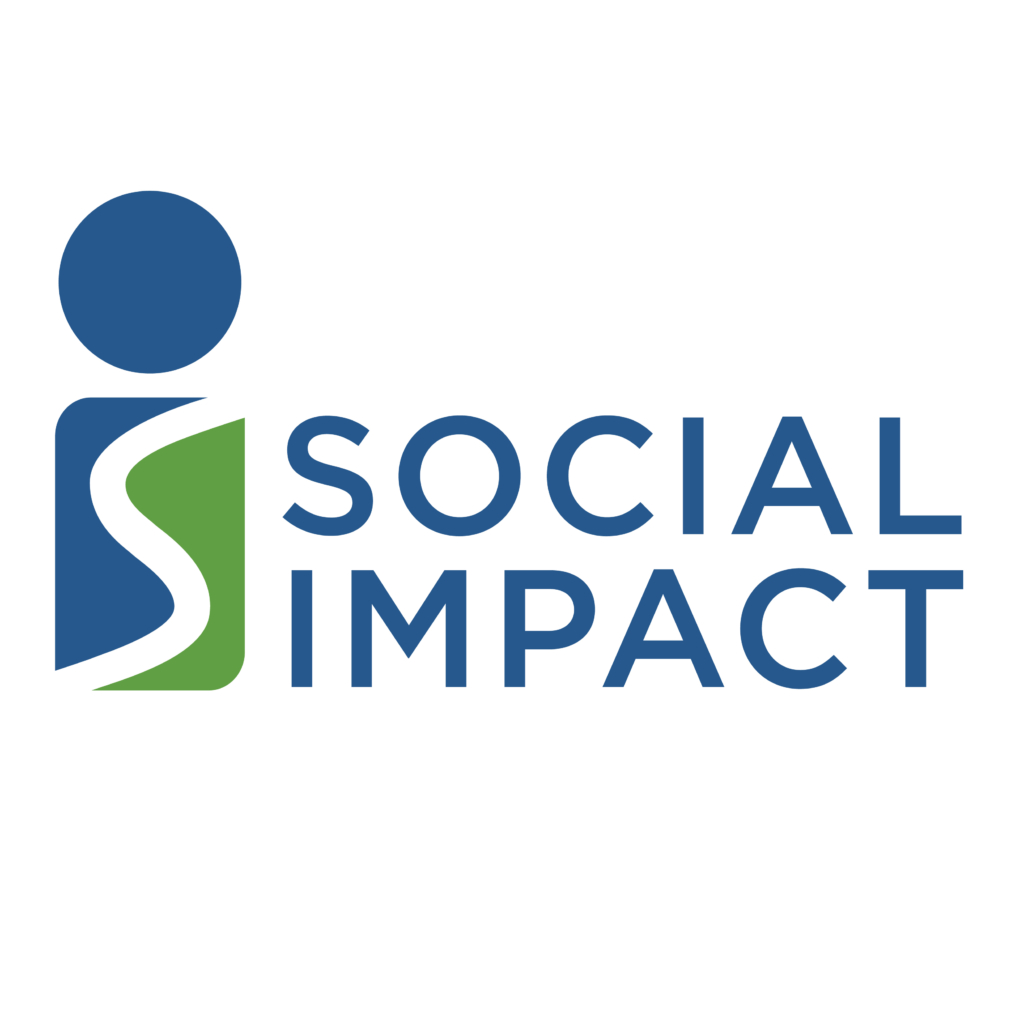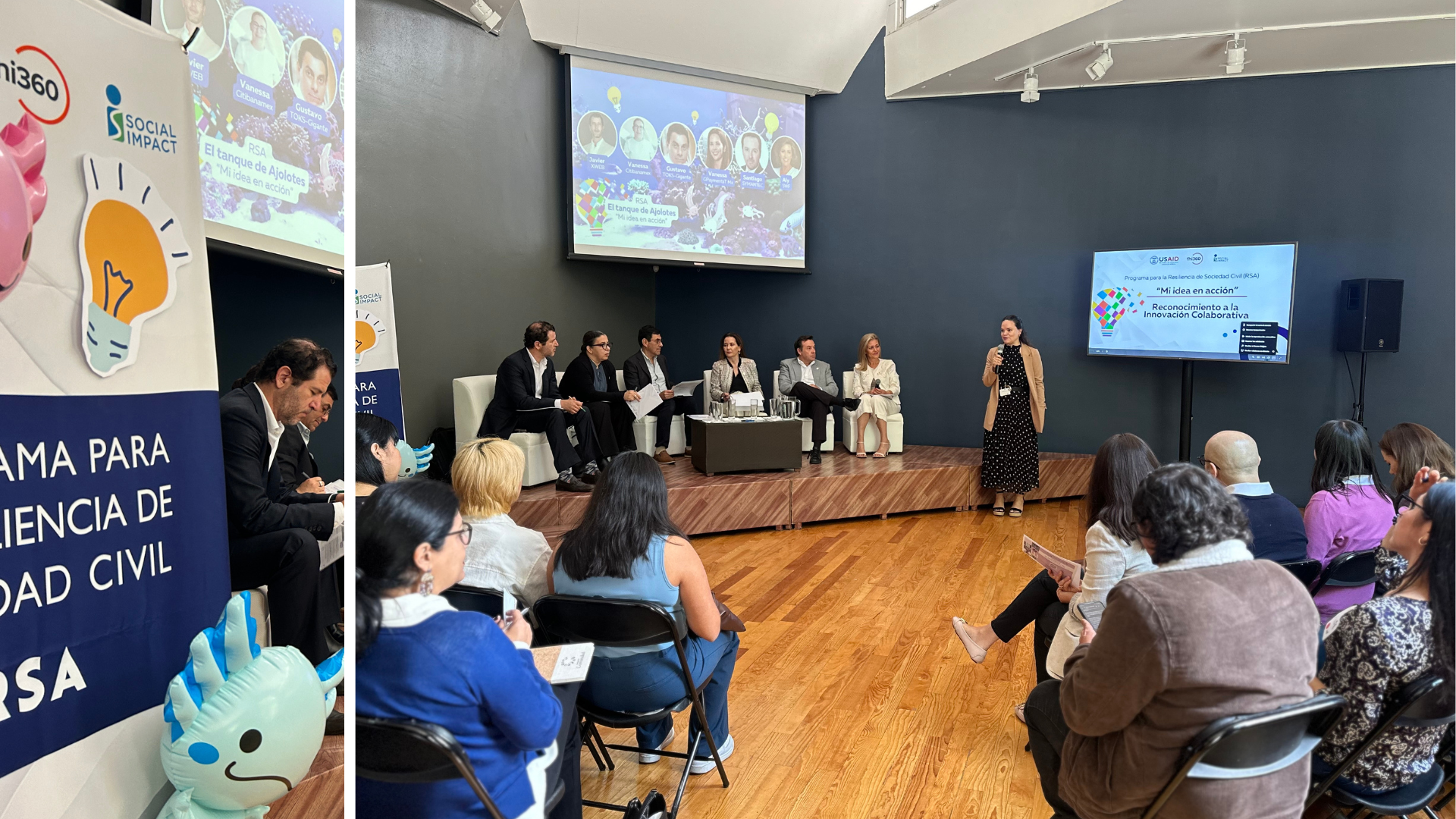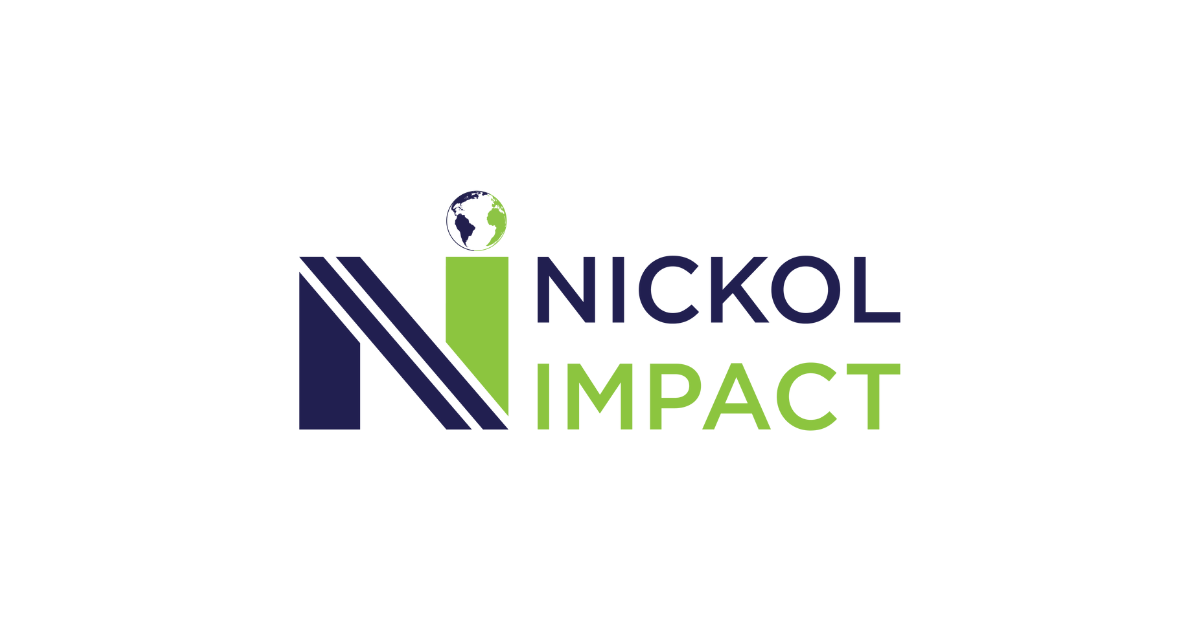The sciences are well known regarding guidelines and protocols for HIV/AIDS treatment. Governments and donors are active in addressing the epidemic through allocating resources and setting targets. Yet, there is still much to gain from pausing to learn from the data and from service providers and adapting to realities on the ground. There are qualitative ways to address real-time findings in data and adjust implementation.
USAID calls this approach Collaborating, Learning and Adapting (CLA). CLA facilitates cooperation among key players. It generates learning based on real-time data and collective solutions. With CLA, new ways to implement HIV/AIDS programming can be adapted, tested, and analyzed and potentially be scaled-up rapidly.
In Uganda, the Strategic Information and Technical Support (SITES) activity is supporting PEPFAR donors to examine data for analysis and make decisions based on the changing face of the HIV/AIDS epidemic. Social Impact leads the Collaborating, Learning and Adapting (CLA) team which facilitates learning events with PEPFAR implementing partners.
HIV/AIDS in Uganda
PEPFAR has an ambitious goal for addressing the HIV/AIDS pandemic in priority countries. Referred to as the 90-90-90 objectives, the aim is to have 90 percent of people living with HIV know their status, 90 percent of people who know their status are accessing treatment, and 90 percent of people on treatment have suppressed viral loads.
Recent data from Uganda showed a lag in moving towards these targets. There was a large disparity between newly tested positive patients and the number of those new patients on antiretroviral therapy (ART) treatment.
Learning from the data
To address this lag, we designed a problem-solving learning event in response to findings on the PEPFAR TX_NEW indicator. TX_NEW tracks the number of adults and children newly enrolled on ART. It is expected that the characteristics of new clients are recorded at the time they newly initiate life-long ART. But the data showed this wasn’t happening as expected.
SI structured this event using tools to initiate a discussion with stakeholders, particularly a large multi-service implementing partner, RHITES EC working within 11 districts in East Central (EC) Uganda.
We engaged stakeholders in an organizational development/adaptive management exercise to undertake a process of “Head, Heart, Hands.” The group used their heads to examine real-time data. They took the information to heart to create meaning and propose potential solutions. They created action plans to have in their hands to apply solutions and adapt processes.
Understanding root causes
We presented data showing the current challenges in the continuum of response to the HIV/AIDS epidemic. We led a root cause analysis exercise to help participants examine what was keeping new patients from starting on ART. They identified: poor counseling skills and inadequate psychosocial support for newly tested patients; poor incentives for health workers; outreach activities not targeting the right at-risk populations; inadequate counseling pre-post testing; health workers not taking lead in testing.
Identifying solutions
Discussion groups prioritized five leading drivers and proposed potential solutions. Participants identified short-term processes that can easily be adapted in addition to longer term motivational benefits for staff. For example, including staff in health facility planning will result in an improved vision for service delivery and a collective sense of urgency to address problems. Additional training for village health teams and expert patients in counselling can help bridge the gap between testing and enrollment in ART. Other simple but important improvements led participants to realize that there are solutions within their locus of control.
Planning for the future
Finally, we led an action-planning exercise. The participants recorded proposed solutions to the five leading drivers and identified the responsibilities among specific Implementing Partners and District Health Staff and decision-makers to address them.
In addition to action-planning, participation in the learning event provided tools for IPs and District Health staff to take back to their respective organizations and service-delivery sites for future problem-solving based on data.
Using CLA is helping make a difference in the fight against HIV/AIDS in Uganda.
For more information on SITES please contact Social & Scientific Systems, Inc communications@s-3.com.








